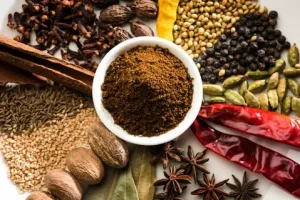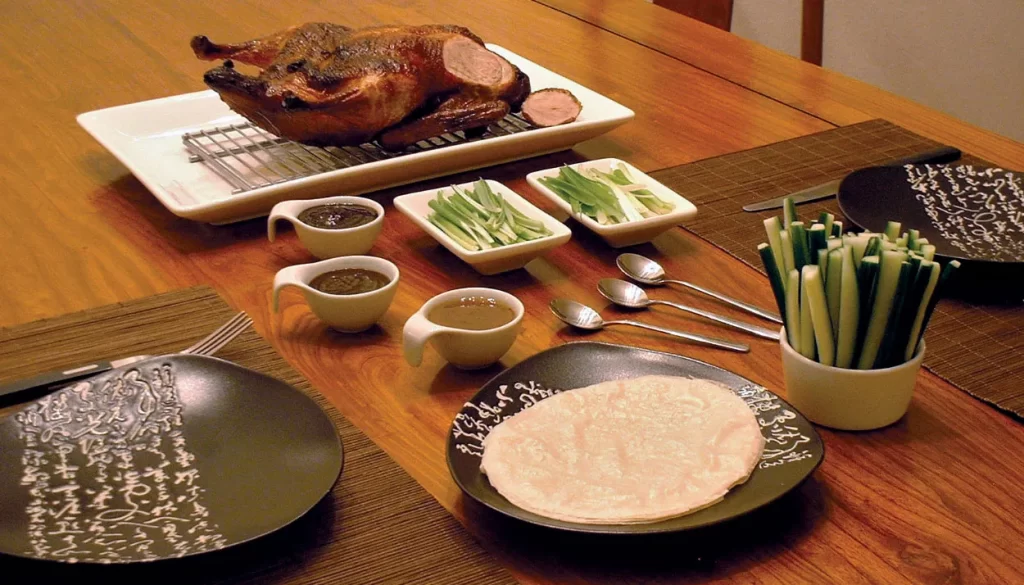Introduction to Peking Duck Peking Duck is a renowned Chinese dish cherished globally for its crispy skin, succulent meat, and deep cultural roots. But where did this culinary masterpiece originate, and how has it evolved?
The Origins and Evolution of Peking Duck The history of Peking Duck dates back to the imperial eras of China, where it began as a delicacy for the nobles. Its earliest mentions are found in the Yuan Dynasty, but it was during the Ming Dynasty that the dish gained prominence, becoming a staple in the imperial menu.
Preparation and Ingredients The traditional preparation of Peking Duck is an art form, involving specific breeds of ducks, unique roasting methods, and a meticulous process that ensures the signature crispy skin and tender meat.
Cultural Impact and Popularity In China, Peking Duck is more than a dish; it’s a cultural symbol, representing culinary excellence and tradition. Its fame has spread worldwide, leading to various adaptations and interpretations.
Dining Etiquette and Experience Understanding the proper way to enjoy Peking Duck enhances the dining experience, from the art of slicing to the pairing with complementary side dishes and sauces.
Contemporary Variations While traditional Peking Duck remains popular, contemporary chefs are experimenting with innovative ingredients and techniques, creating fusion dishes that honor the classic while appealing to modern palates.
Sustainable Practices in Duck Farming As the demand for Peking Duck grows, sustainable farming practices are crucial to ensure ethical treatment of ducks and environmental responsibility.
Future of Peking Duck Looking ahead, the legacy of Peking Duck will continue to evolve, blending tradition with culinary innovation to delight future generations.
Peking Duck’s rich history and enduring popularity underscore its significance in Chinese cuisine and its global appeal, making it a timeless dish that transcends borders and generations







